China Open withdrawal day! The backup role of the Asian season becomes evident
On the third round day of the China Open, China's top female player Zheng Qinwen retired because of intense elbow pain while down 0-3 in the final set against Noskova. She was the fifth player to withdraw on September 29. Since the tournament began, over ten players have withdrawn, such as Bouzas, Osorio, Menchik, Musetti, along with earlier withdrawals like Badosa and Krajicek. This edition of the China Open has experienced its most severe wave of withdrawals, highlighting the awkward position of the Asian season in the professional tennis calendar.
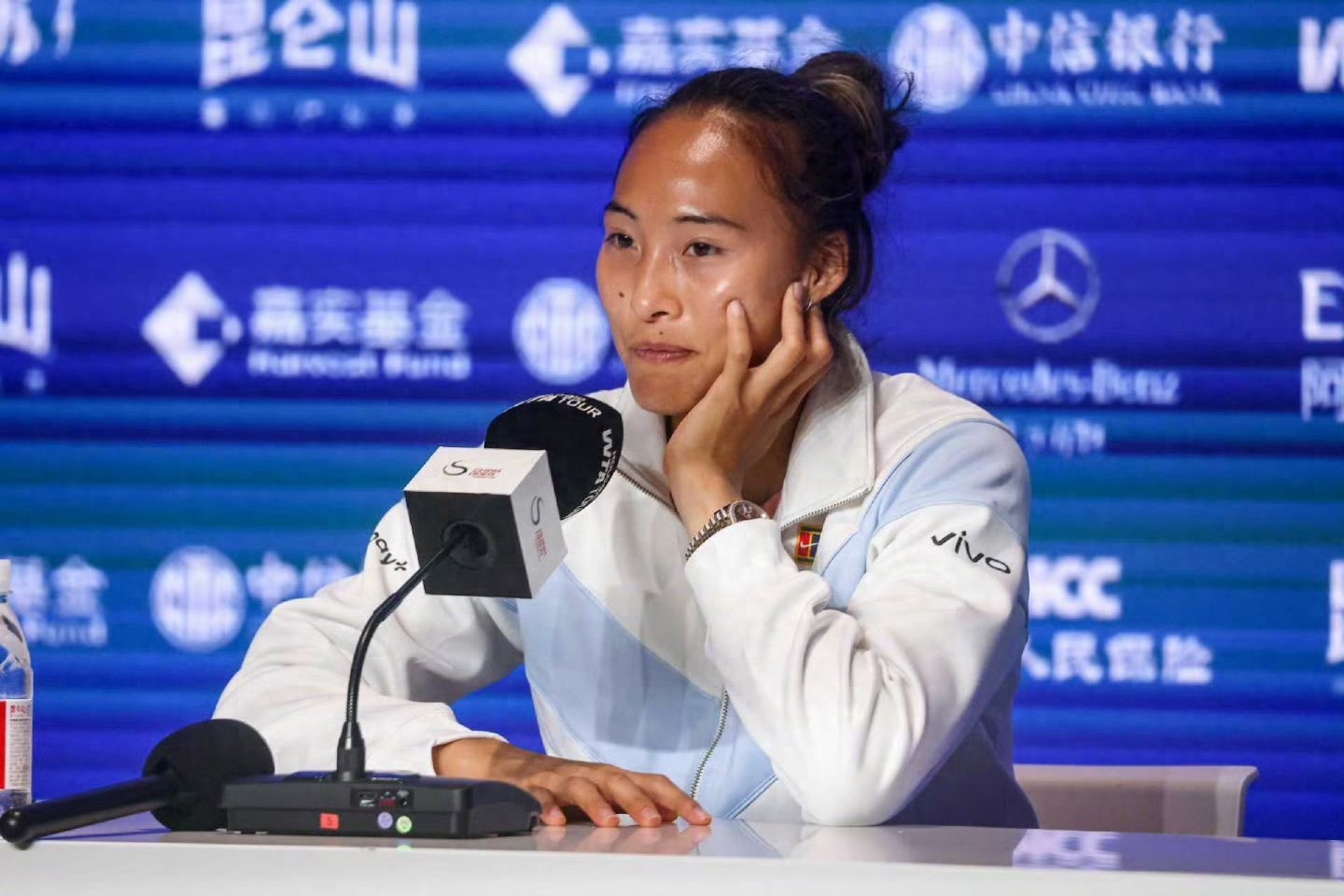
Zheng Qinwen’s withdrawal attracted particular attention. As a flagship figure of Chinese women's tennis, her every appearance deeply moves the home crowd. After the match, she admitted, “In the second set, I was signaling a lot with my team; my mind was full of thoughts about whether I should continue, and my focus was lacking.” Zheng competed while injured; she had just undergone right elbow arthroscopic surgery in July and had already withdrawn from four tournaments including the US Open. Her injury was not fully healed, and although her team advised against playing, she chose to compete to respond to domestic fans.
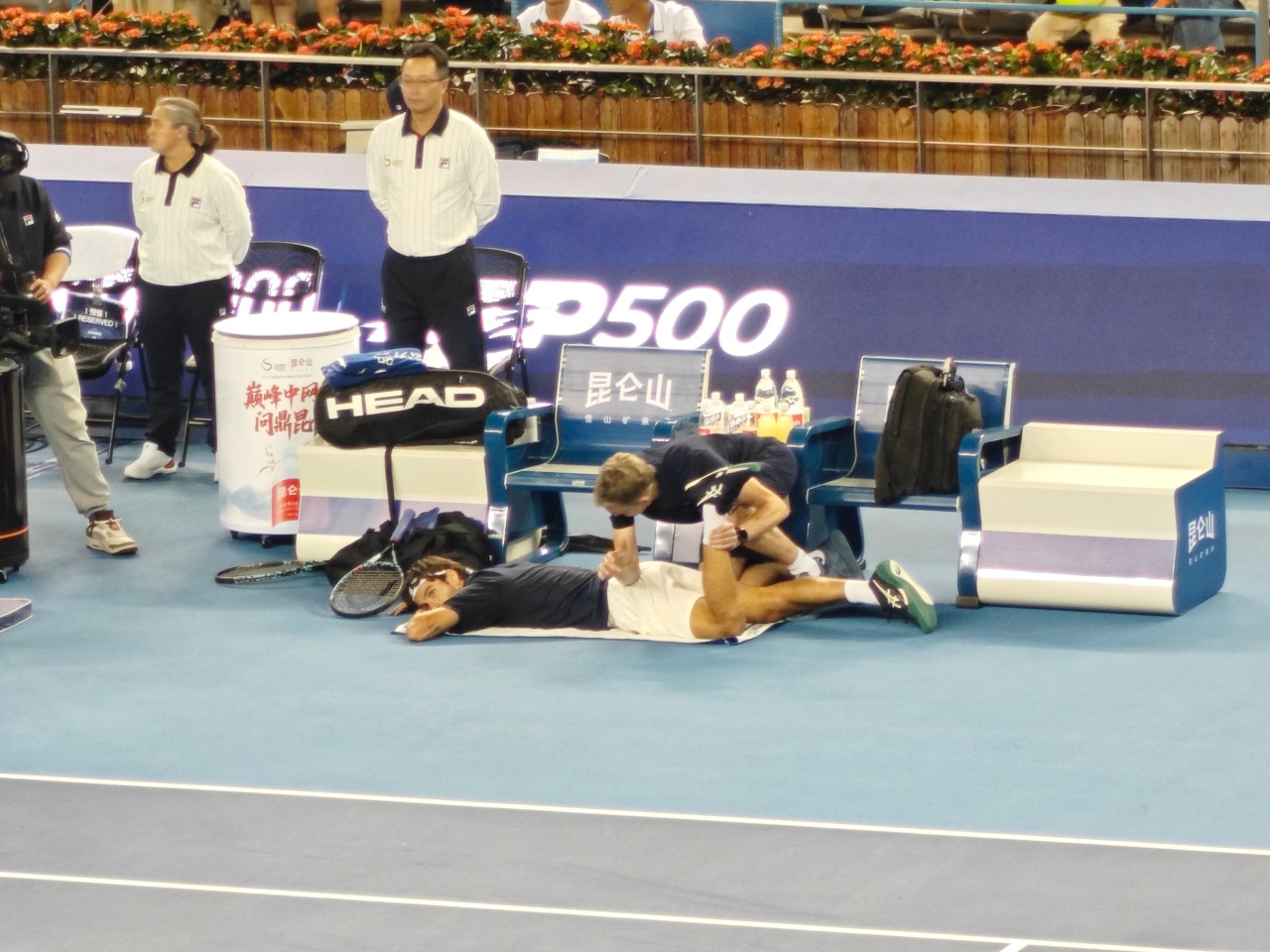
The China Open, classified as a WTA 1000 and ATP 500 event, ranks just below the Grand Slams in prestige. However, its scheduling at the end of September to early October is its biggest vulnerability. For professional tennis players, the Asian season comes at the tail end of a long year. From the Australian Open at the start of the year, through the spring and summer seasons in Europe and America, to the European clay and North American hard courts, players’ physical and mental limits are nearly reached.
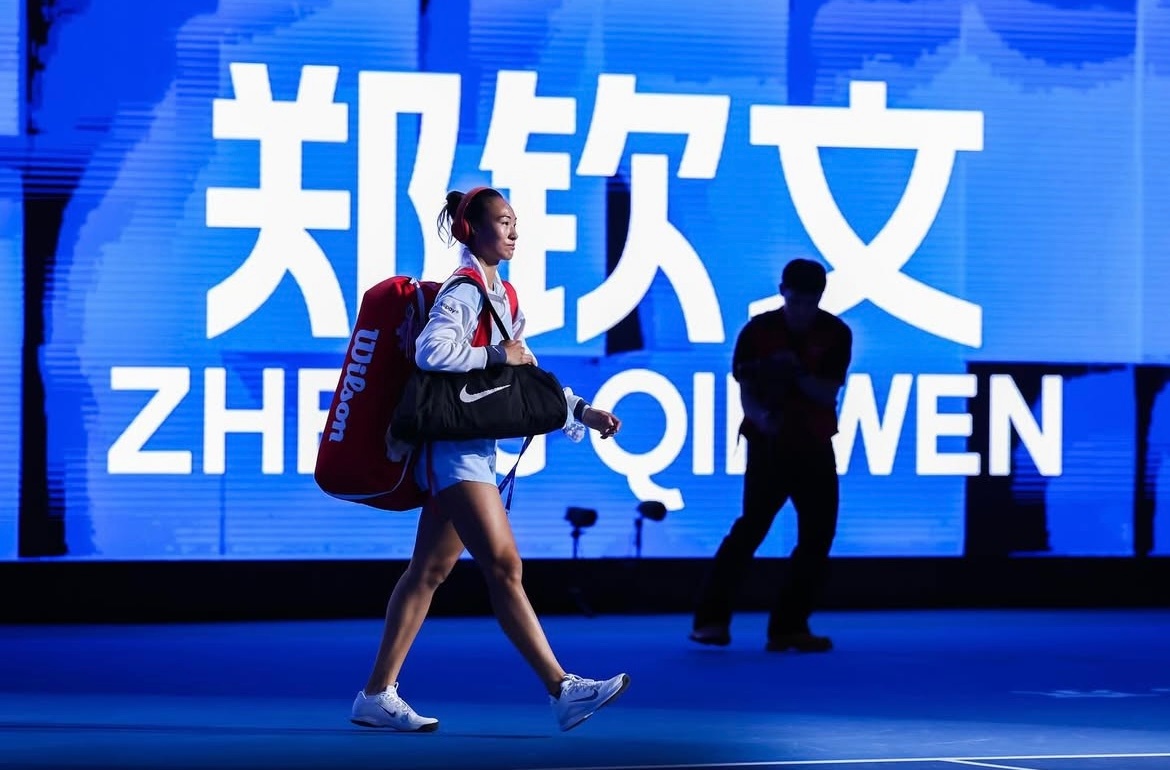
The tight schedule leaves players little time to rest after the US Open. In 2009, the WTA adjusted the calendar by postponing the China Open women's event from mid-September to the first weekend of October, aiming to give players a month of recovery after the US Open. However, this change clearly did not solve the underlying issue. Zheng Qinwen’s team revealed that her upcoming schedule is demanding; currently ranked tenth globally, she must defend points from three tournaments, including 650 points from the Wuhan Open, 500 from the WTA Tokyo event, and 800 from the year-end finals. These pressures force players to withdraw when their bodies send warning signals.

Although the China Open offers high-level competition and substantial prize money, it still cannot compare to the Grand Slams. Many players’ ultimate dreams remain the majors, while Asian tournaments like the China Open are seen more as mandatory events rather than coveted titles. A sports commentator sharply noted, “The China Open might be considered a ‘lukewarm’ event.” Despite its high status, it has limited appeal to top players.
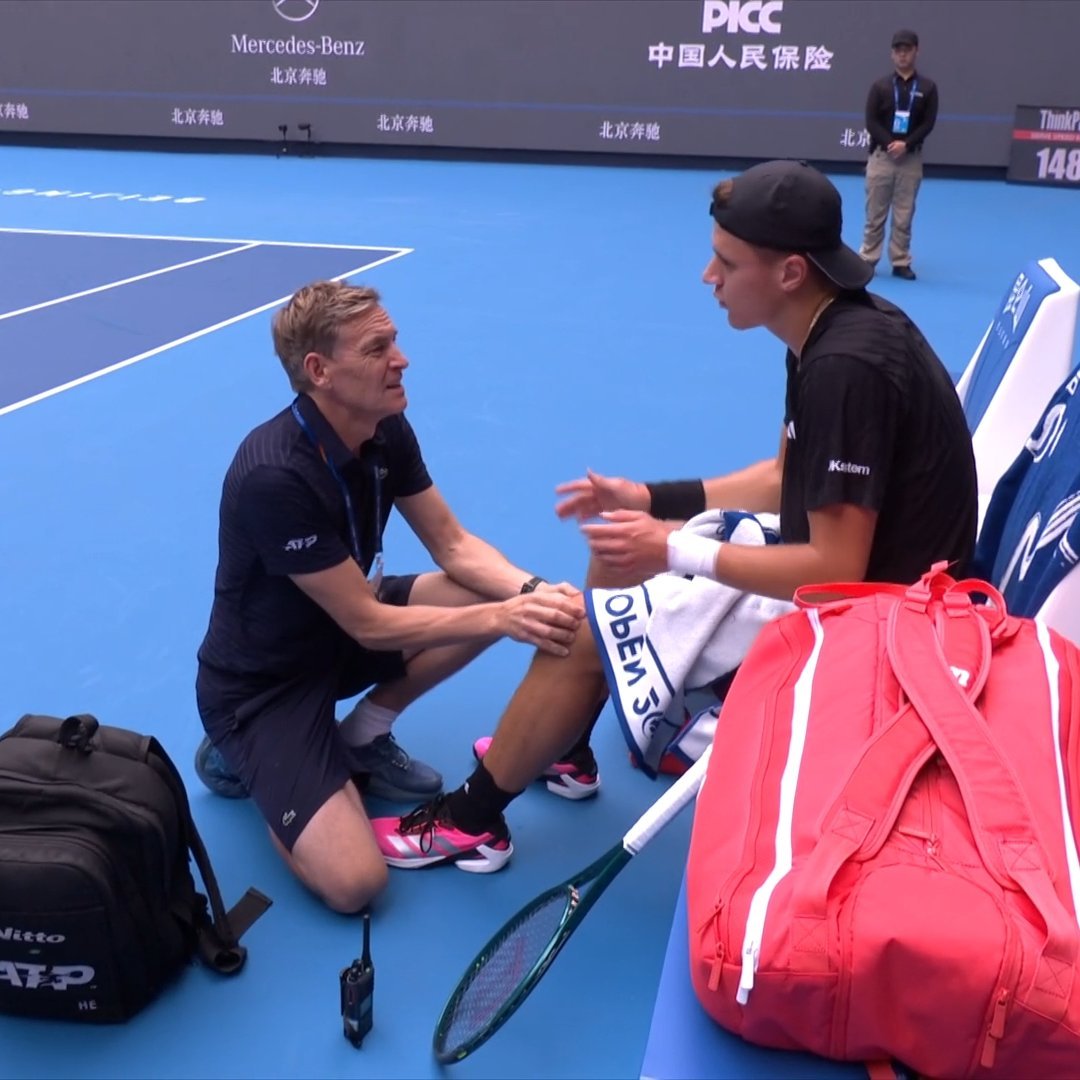
In 2009, the WTA introduced rules to discourage players from withdrawing casually by imposing suspensions for pulling out of pre-committed tournaments. Nevertheless, this rule has not effectively curbed the wave of withdrawals at this year’s China Open. When players are genuinely injured, it is difficult for organizers to enforce penalties strictly. Zheng Qinwen’s case illustrates this well — through this match, she precisely gauged her recovery limit: “When serving with a certain power, pain appears, indicating I’m not fully healed.”

Throughout the annual tennis calendar, the Asian season consistently plays the role of a "backup." For many players, it is merely a stop they must pass through in their careers; if any discomfort arises, they quickly withdraw to preserve their ability to compete in core parts of the season.

Compared to European and American tournaments, the Asian season also faces cultural disconnects. A SWOT analysis-based study pointed out that one of the China Open’s weaknesses is “a lack of cultural depth and poor alignment with sponsor cultures,” as well as “a weak domestic fan base and lower fan quality,” all of which prevent the Asian season from holding the same status in players’ minds as traditional European and American events.

In the face of continuous withdrawals, what is the future path for the China Open and the entire Asian season? Adjusting the tournament schedule may be one solution. Some suggest moving the Asian season to before the Australian Open to serve as a warm-up, but climate issues make this difficult. Another option is placing the Asian season between the Australian Open and the clay season, or between Wimbledon and the US Open. A more constructive plan is to merge the North American fall hardcourt season with the Asian season and push the US Open back by a month, allowing the China Open to act as a warm-up for the US Open rather than an end-of-season “extra” event.
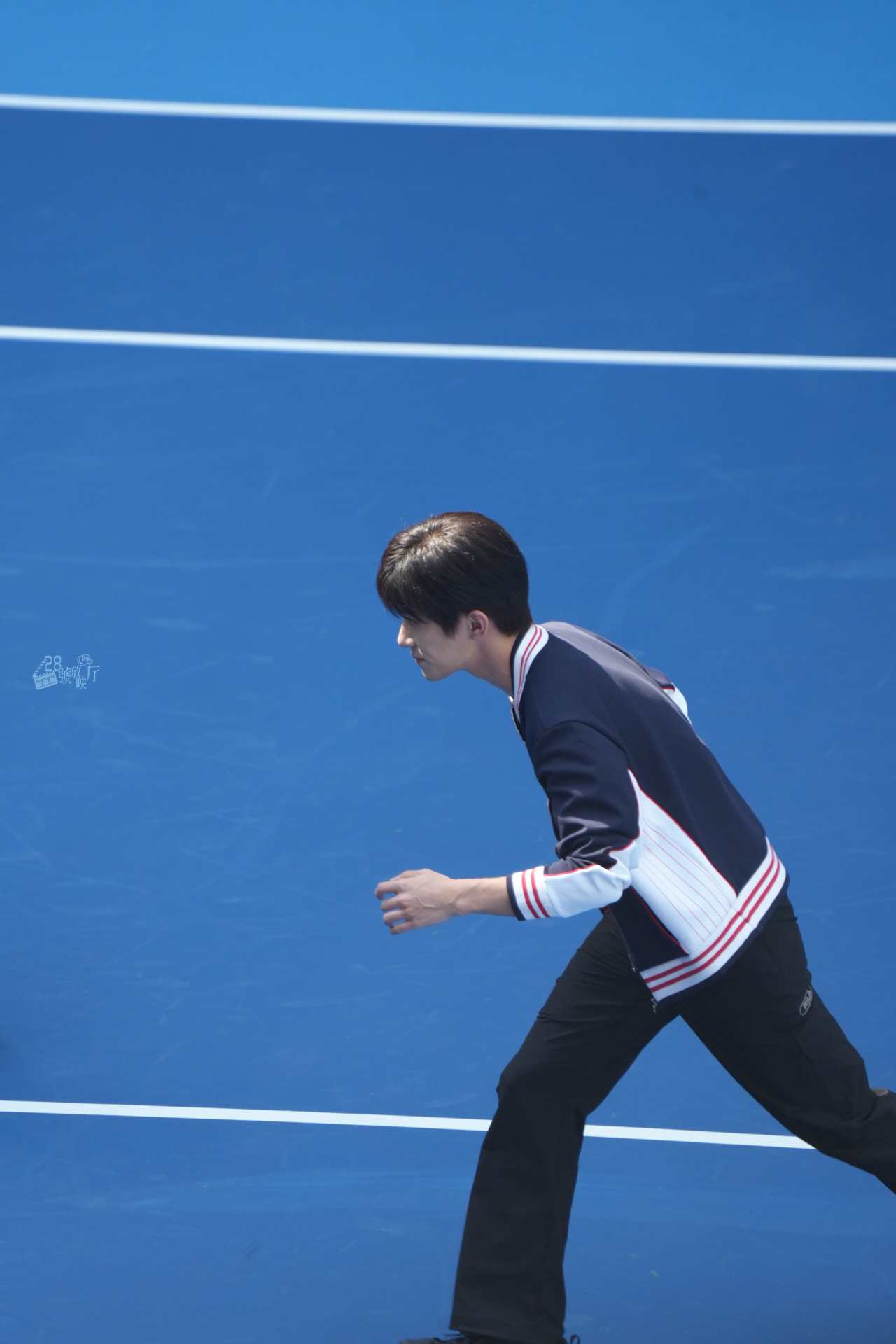
WTA CEO Larry Scott once stated, “Athletes need a reasonable schedule so they can avoid unnecessary injuries and fatigue.” From an organizational perspective, the China Open also needs to improve its operational standards. Last year’s China Open experienced issues like malfunctioning Hawk-Eye, statistical errors, frequent operational mistakes, and poor ball boy services. Only by comprehensively enhancing event quality can the China Open gradually shed its “backup” image among players.
Reforming the tennis calendar is no easy task, involving balancing multiple interests. Yet this year’s withdrawal surge at the China Open sends a clear message to tennis authorities: unless the Asian season’s “backup” status changes, the WTA and ATP will struggle to truly integrate into Asia’s promising market.

For players, the China Open is a highlight of the Chinese season but a pain point in the global calendar. As Zheng Qinwen said, “My elbow will recover over time; I remain very positive, and time will provide the answer.” Perhaps this reflects not only her attitude toward her injury but also hopes for the future of the Asian season.(Source: Tennis Home, Author: Xiao Di)







 Links
Links
 Contact
Contact
 App
App


